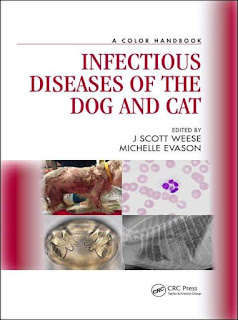Veterinary Anatomy of Domestic Animals: Textbook and Colour Atlas, 7th Edition
by Horst Erich König, Hans-Georg Liebich
February 2020
February 2020
The days of cramming dry anatomical facts are over. It's time to look at anatomy as an opportunity to appreciate a fascinating world of relationships and interconnections.
Featuring:
- The complete spectrum of systematic and topographic anatomy: clearly structured and vividly presented, featuring superb high-quality images
- A combined text and atlas: takes into account a variety of species, an ideal resource for developing a comprehensive understanding of anatomical structures and relationships
- Integrated sectional anatomy and contemporary diagnostic imaging: a window into the application of anatomy in diagnostics
Highlights you won't want to miss:
- A new chapter on avian anatomy: the fundamental structural features of birds, at a glance
- Over 1100 exceptional images: anatomical specimens and histological images, thin slice plastinations, colour schematics, diagnostic imaging, sectional anatomy
- Numerous references to clinical and applied anatomy: including equine endoscopy, arthrocentesis, examination of the udder, rectal examination and laparotomy
- A unique bonus: CT, MRI and ultrasonographic images









 ,
,











